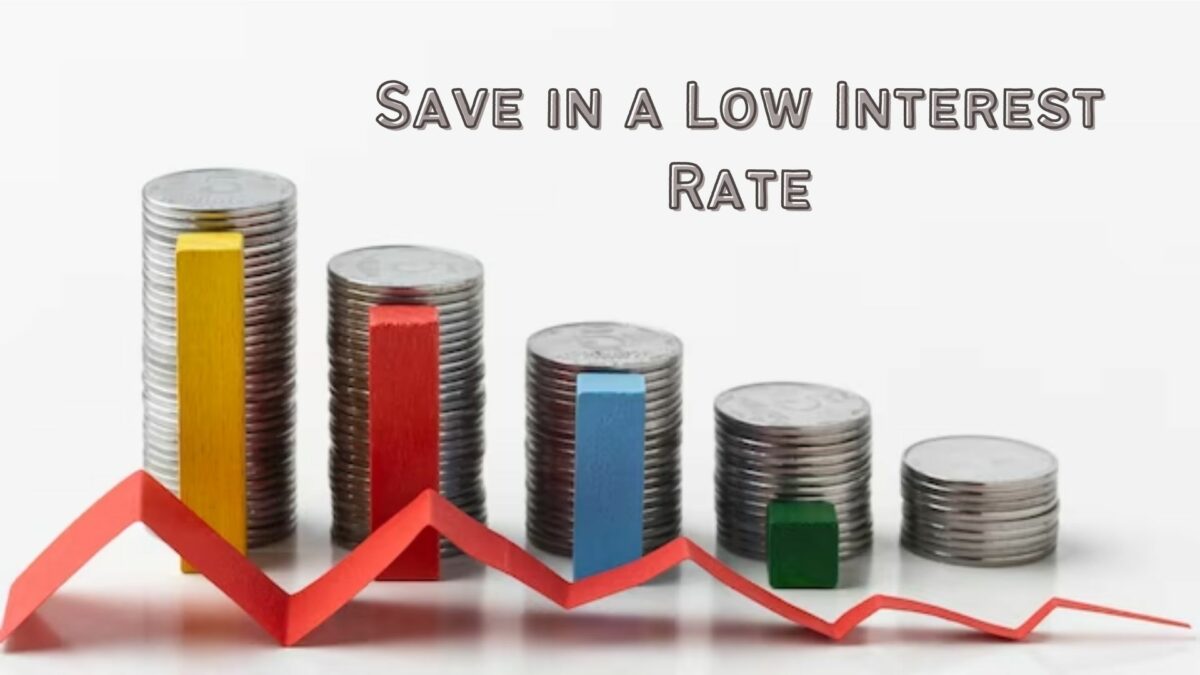“There is a certain Buddhistic calm that comes from having….money in the bank.”
–Tom Robbins
A recent study showed that 41% of Americans have less than $500 of liquid savings available in the case of an emergency. Furthermore, 54% of respondents in the same survey revealed that they had no specific savings strategy in place to put aside a portion of their income (see Don’t Wait Until the End of the Month to Save for my thoughts on this).
The Federal Reserve also conducted a study that seems to corroborate the findings. Their study found that only 39.6% of families surveyed in 2010 save regularly. This lack of savings was compounded by the increase in families’ financial leverage – the ratio of debts to overall assets. The leverage ratio for families with debt increased from 19.4% in 2007 to 22.0% in 2010. The largest rising segment was families headed by a member aged 55 and older – the exact population that is on the tail end or has already ended their human capital contribution capabilities.
Yet, in a low-interest rate environment, it’s easy to understand why there is so little savings. People set aside money with some expectation of appreciation – having more money later than they put in now. Just as we discount the future value of money, we also discount the future utility of our experiences. In other words, we’d rather have pleasure now than pleasure later. So, to make up for having to delay pleasure, we need to have an expectation of a return on the money that we put aside now, foregoing that pleasure.
So, why save at all? Why not just give in to Monkey Brain and spend what we make until interest rates rise? Here are a few reasons:
- It builds muscle memory. If we get into the habit of spending less than we earn, then we’ll already be practicing it when interest rates rise. The longer you’re on the hedonic treadmill, the harder it is to get off.
- Sometimes return on investment is just as important as return on investment. The purpose of an emergency fund is to have a set of funds stashed away that are easily accessed and are very liquid. You aren’t looking to get in on the ground floor of the next great IPO with this money because if it’s gone, you’re really going to be behind the eight ball. Even if those funds aren’t making any return on investment, they are available and you aren’t spending the money. That’s important in and of itself so that if disaster happens, you can deal with it without mortgaging your future.
- You can take advantage of tax benefits. Remember, individual retirement accounts (IRAs) and deferred compensation plans such as 401(k)s and 457(b)s have tax advantages that regular investments and savings accounts do not have. However, there are no “make-up” periods for not putting aside the maximum amount each year. You can’t accumulate savings periods until you make enough money to put it aside. Once you miss contributing in a year, it’s irrevocably gone. Sure, there are catch-up periods once you reach age 50, but they are not meant to be replacements for not funding the accounts when you’re younger. Even if you don’t make a return on investment for a few years, you’ve funded the accounts to be able to take advantage of the tax deferral or tax-free status of the accounts when you do start seeing positive returns.
While I’m not a prognosticator, I cannot envision interest rates being depressed forever. In the meantime, there are still plenty of good reasons to keep saving and investing so that you’re not trying to play catch up when rates do rise.
Author Profile
- John Davis is a nationally recognized expert on credit reporting, credit scoring, and identity theft. He has written four books about his expertise in the field and has been featured extensively in numerous media outlets such as The Wall Street Journal, The Washington Post, CNN, CBS News, CNBC, Fox Business, and many more. With over 20 years of experience helping consumers understand their credit and identity protection rights, John is passionate about empowering people to take control of their finances. He works with financial institutions to develop consumer-friendly policies that promote financial literacy and responsible borrowing habits.
Latest entries
 Low Income GrantsSeptember 25, 2023How to Get a Free Government Phone: A Step-by-Step Guide
Low Income GrantsSeptember 25, 2023How to Get a Free Government Phone: A Step-by-Step Guide Low Income GrantsSeptember 25, 2023Dental Charities That Help With Dental Costs
Low Income GrantsSeptember 25, 2023Dental Charities That Help With Dental Costs Low Income GrantsSeptember 25, 2023Low-Cost Hearing Aids for Seniors: A Comprehensive Guide
Low Income GrantsSeptember 25, 2023Low-Cost Hearing Aids for Seniors: A Comprehensive Guide Low Income GrantsSeptember 25, 2023Second Chance Apartments that Accept Evictions: A Comprehensive Guide
Low Income GrantsSeptember 25, 2023Second Chance Apartments that Accept Evictions: A Comprehensive Guide

